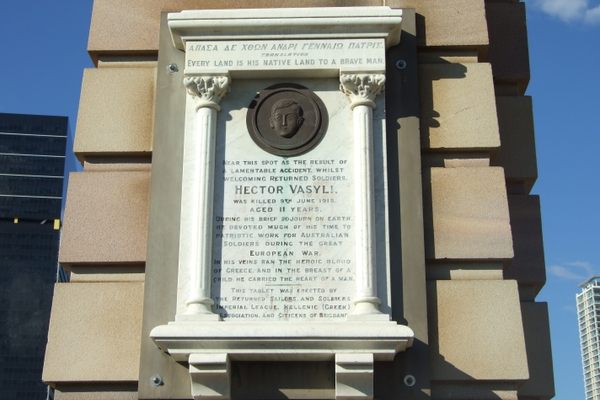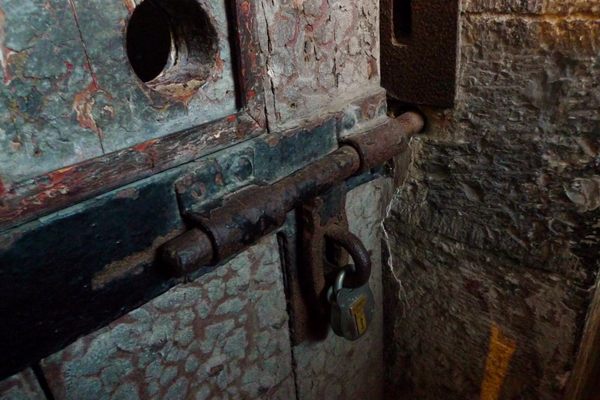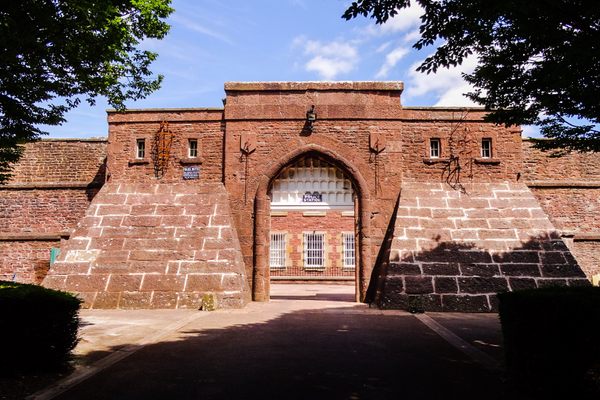Commissariat Store
Its most grisly object is a jar full of severed fingers allegedly cut off by prisoners to avoid work.
This Commissariat Store is the oldest habitable and most significant building from Queensland’s history. It was built by convicts and stonemasons brought down from Sydney in 1828 and 1829, with the main entrance level added in 1913.
As the Commissariat Store for the Moreton Bay penal settlement, a place where the worst prisoners were sent, it supplied and stored food, clothing, and equipment for the convicts and staff. The convicts numbered close to 1,000 at one time, though numbers fell steadily before the prison’s eventual closure in 1842.
Over the following years, the building served as a barracks and government stores and underwent a number of restorations and archaeological excavations, opening as a museum in 1982.
The museum covers Queensland’s varied history on all three floors from convict days onward, and aside from the many examples and artifacts (such as maps, books, letters, furniture, uniforms, maritime equipment, shipwreck items, cannons, photographs, models of buildings and sugar mills, and World War I and World War II mementoes), there are the many items from the violent past.
What’s arguably its most jarring object is a greasy bottle containing a lumpy red mass of human appendages. It’s said these fingers came from a prison farm, where prisoners regularly cut off their fingertips to avoid some of the harshest work. Historians have doubted this story, but the bottle definitely contains the remains of at least one finger, a nail, and a finger bone.
This isn’t the only evidence of violence you’ll see, as chains, whips, and a straitjacket are present as well. There are also less brutal items made by the convicts, such as a set of dice or a wooden leg. You can also learn what your rations would have been and learn the “flash language” (or slang) that everyone used.
Know Before You Go
The museum is open Tuesday through Friday from 10 a.m. to 4 p.m.. The building is home the Queensland Royal Historical Society, who received the donation of the infamous bloody bottle in 1939.
































Follow us on Twitter to get the latest on the world's hidden wonders.
Like us on Facebook to get the latest on the world's hidden wonders.
Follow us on Twitter Like us on Facebook